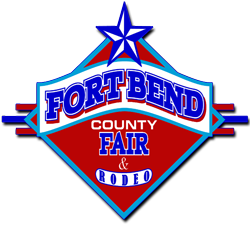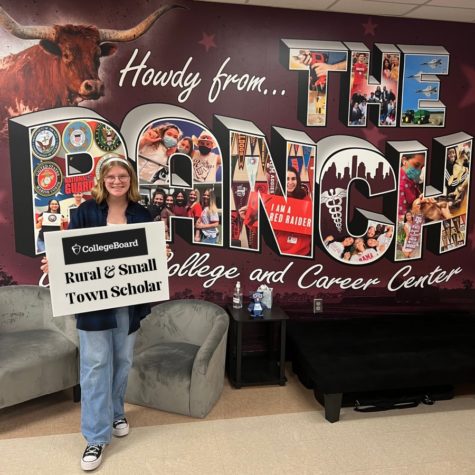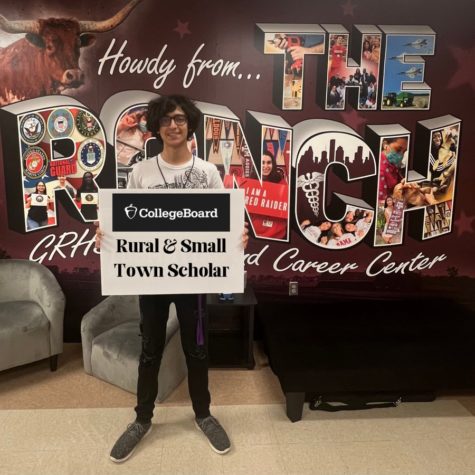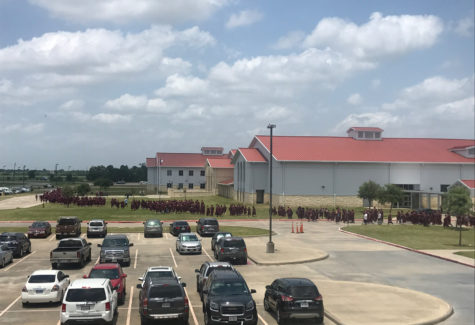The Crammers Guide to the U.S History AP Test
Most students save studying for the days (or day) right before the test, or at least it seems like it that test day. Thankfully, history seems to repeat the same themes and patterns (most of the time), so cramming for APUSH — AP U.S History — comes down to taking all the information you learned all year (and hopefully have been studying for the last two weeks) and putting them into groups and patterns. And since it might be hard to trust a fellow student with college credit, all information provided has been approved by U.S History teacher extraordinaire Mrs. Wilkening
1. Multiple Choice
The multiple choice section has eighty question and a time limit of fifty five minutes, giving roughly a minute and forty five seconds per question.
There are questions that seem to have multiple answers, or no answer at all.
Not to mention the terrible few that leave you staring at your paper wondering what you just read. Luckily, there are a lot of techniques that take advantage of the way the test is structured.
“First, read the question carefully,” Mrs. Wilkening said. “Make sure you know what it is asking. Circle any EXCEPTS and NOTS. If there is a vocab term you recognize, circle or underline that.
As you look at the answer choices, try to eliminate any questions that are the wrong time period. Also, try to eliminate any choices that contradict what you have learned in class.
Once you choose an answer, keep it and go on! Don’t talk yourself out of it unless you realize you read the question wrong. Double guessing loses points!”
If you run out of time, pick a letter and bubble it in for every blank line on your answer sheet. But stay strong, resist the urge to make cool patterns (no zigs-zags or lightning bolts) because they decrease your chances of getting lucky.
2. The Essay
“Answer the prompt,” said Mrs. Wilkening. “Make sure what you are writing about is what the question wants you to write about. Don’t take the time to tell content that is unrelated to the prompt. Just because it is true information, doesn’t mean that you are answering the question.
Take a moment to prewrite. How will you prove your answer? What will you have in each paragraph? This should become your thesis statement.”
Prewriting for the DBQ means writing before you read the documents. You forget all previous knowledge the moment a document is read.
Also, remember that you have to analyze the documents, not repeat what they said. It’s also a good idea to keep the documents in order. Make sure to relate to previous knowledge with vocab words and remember to explain why it relates to your position on the topic.
Time the essay in the way you think best, but just remember there is a two hour limit, so spending 40-45 minutes per essay is recommended.
3. Important Things to Study
“Labor unions, political parties, elections, treaties, and court cases are often the most difficult for students,” said Mrs. Wilkening.
Important subjects for labor unions tend to revolve around the Progressives and the Trust Busters. The Wagner Act, The Congress of Industrial Workers, and the Taft-Harley Act are big point for labor unions.
A nice way to eliminate answers dealing with political parties is remembering that Republicans generally focus on maintain the status quo and protecting business and the Democrats usually push for change and social issues.
Marbury vs Madison, Scott vs Standford, Plessy vs Ferguson, Brown vs the Board of Education, and U.S vs Richard Nixon are important turning points, but they are by no means the only important court cases. A full list of treaties can be found on apstudynotes.org under Supreme Court Cases in the US History tab.
Elections and treaties are everywhere in APUSH, so they have to be learned the old fashion way – study vocab!
5. Don’t You Dare Forget
Lastly, there are some things that you shouldn’t forget, ever.
There are so many “duh” things that I think kids should remember,” said Mrs. Wilkening. ”And I find that some don’t so I try to be patient. Maybe:
• Washington’s Farewell Address
• Lincoln and the Gettysburg Address
• FDR and the New Deal
• Kennedy and the Cuban Missile Crises
• Johnson and Vietnam
• Nixon and Watergate
And of course . . .
Alexander Hamilton, his name is Alexander Hamilton . . .
The Treaty of Guadalupe Hidalgo, the best treaty ever!”












